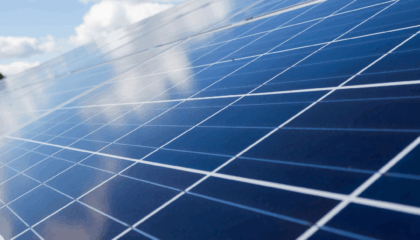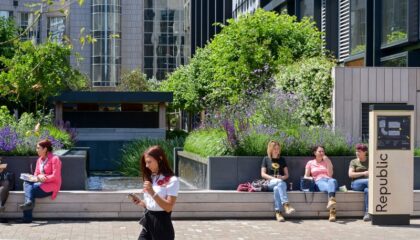From spiralling increases in energy costs to climate change and geopolitical events, the reasons for cutting energy consumption in real estate are writ large.
It’s often easy to overlook the simplest of changes that can deliver significant savings in energy consumption. However, property managers have a very effective tool in their kit: the Energy Audit.
Our energy auditors regularly identify ways to reduce power consumption in buildings that lead to significant cost savings.
While buildings and equipment vary greatly, the process and objectives are the same. The goal of the energy audit is to identify quick wins: what can be switched off, turned down, or changed to a more efficient type?
Property managers are usually implementing the most efficient solutions, but a fresh perspective can often identify further adjustments that can lead to significant savings. This is especially true in an era of hybrid working, where office space controlled by intelligent building operating systems such as IBOS, can react to a building’s level of occupancy on demand.
Energy auditors start at the top of a building and work down to ground or basement looking at types of plant and equipment, condition, age and suitability. The requirements of the occupiers, the building demands, the control of plant, and the maintenance routines in place, are all scrutinised.
It’s in everyone’s interests to make a difference, improve building efficiency, meet actual occupancy, and save money. Here’s how…
What can we switch off or turn down?
Interrogate the Building Management System to assess what is driving the main plant. Confirm with building management on occupier numbers and when and where they are within the property. Does it need to stay on overnight, all day Saturday and Sunday to suit a few workers? A simple adjustment on the time-clock programmer can make vast savings.
Set the right temperature
Confirming the set points on heating and cooling systems are working correctly can make all the difference. Some people like it hot and some like it cold – not everyone can be kept happy all the time – but closer control of a thermostat and limiting the range of operating temperatures can help decrease energy costs.
How many property managers does it take to change a light bulb?
LED lighting is a no-brainer; it is far more energy-efficient, improves occupant comfort, reduces energy consumption and maintenance costs. According to energy engagement platform Surple, LEDs use up to 75% less energy than incandescent lighting.
Can the last one out turn off the LED lights?
By changing switch control to PIR sensors that automatically switch lights off when they are not activated, or fit dimming equipment to lower lighting levels where full lighting is not required, power consumption can be cut. Potential savings from motion sensor controls vary greatly, but research by The American Council for an Energy-Efficient Economy found average energy savings of 30%.
Better Indoor Air Quality can save energy costs
Air Handling Units (AHUs) usually require air filtration, and clean filters ensure cleaner air, a better working environment, while also extending the life of the AHU thereby putting less demand on boilers and chillers. Because less energy is used to push air through a clean filter, the US Department of Energy reports estimate that there is a saving of up to 15% in energy consumption.
A finely tuned motor requires less power
Motors are found in buildings within AHUs, Fan Coil Units and Pumps. A well-maintained and efficiently running motor will always reduce energy costs compared to a badly maintained motor.
Use insulation to keep it under wraps
Introducing insulation and lagging on pipework can have a considerable effect on the power requirements of heat and cooling systems. Where it is ineffective or even absent, the plant must work much harder than necessary. The Energy Saving Trust estimates 25% of heat is lost through poor insulation.
How to keep out of hot water
Energy auditors consistently see hot water systems that are creating hot water day and night with limited control on usage. By aligning the amount of hot water with the level of occupancy, unnecessary water heating can be eliminated.
Save water – conserve energy
It is possible to reduce overall water usage through a few simple measures. Installing water-saving taps in washrooms and fitting dual-flush on toilets can make a significant difference. Where possible, some properties are also using harvesting rainwater in order to use recycled water. Waterwise suggests dual flush toilets can save up to 10 litres of water per flush.
Open the door for even more savings
Think about the opening and closing of gates, doors, and barriers. Do all lifts need to be running when there is lower occupancy in buildings? Do the shutters or barriers need to be opened and closed with such frequency?



